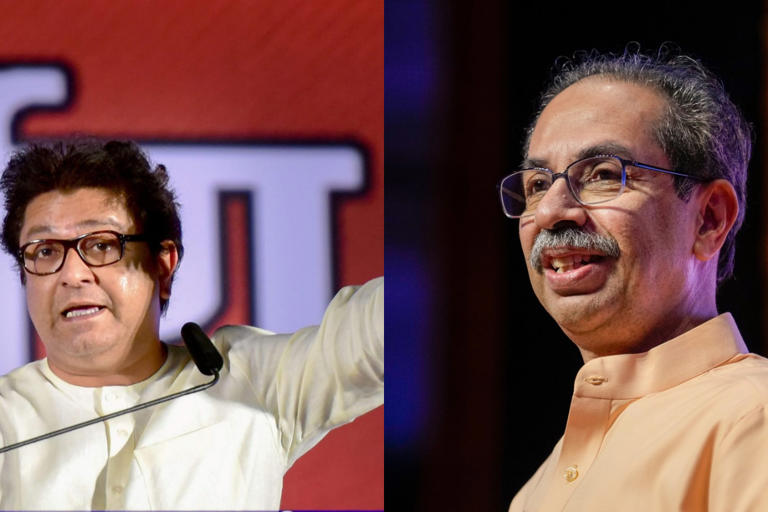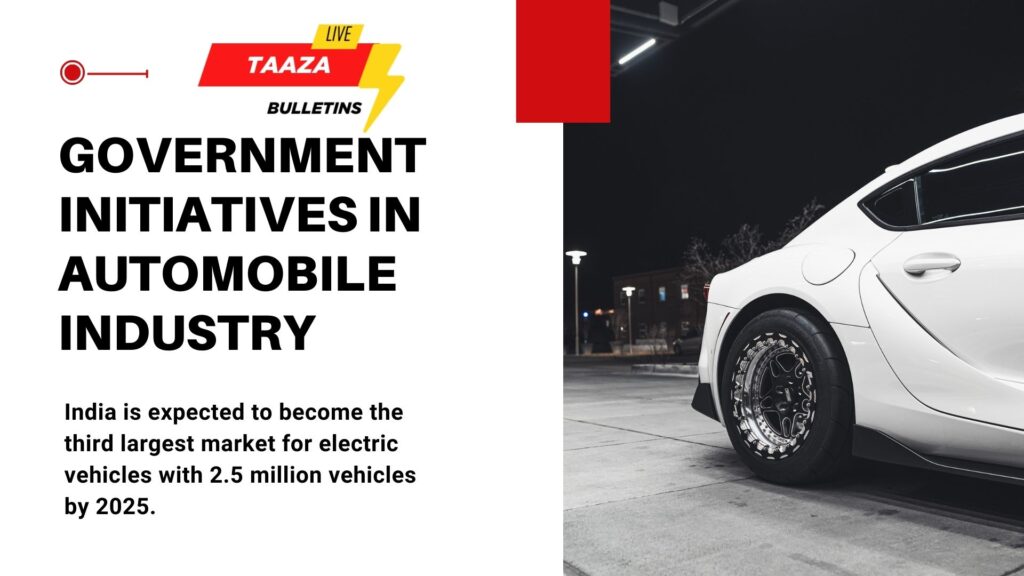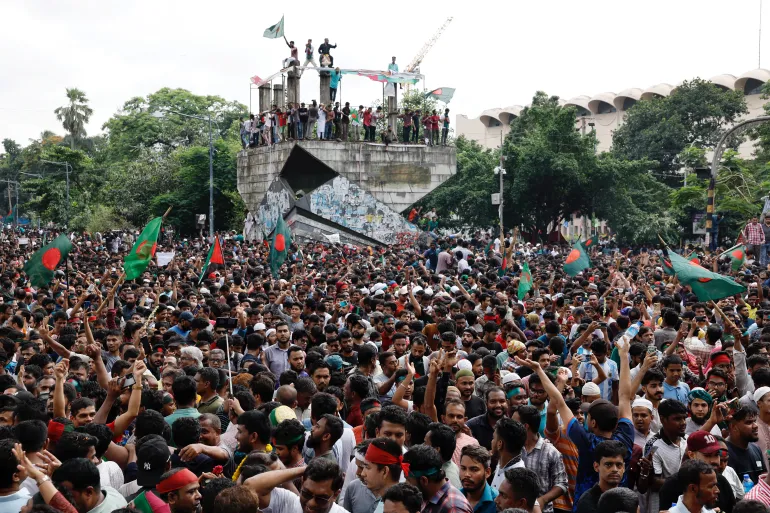Thackeray Brothers Unite : Uddhav And Raj Thackeray Join Hands For Marathi Pride.
Table of Contents

Mumbai, June 27, 2025 — In a moment that has sent ripples through Maharashtra’s political and cultural landscape, the Thackeray cousins, Uddhav and Raj, are setting aside years of rivalry to lead a unified charge for Marathi identity. On July 6, the streets of Mumbai will pulse with the energy of a massive joint rally, as the leaders of Shiv Sena (UBT) and Maharashtra Navnirman Sena (MNS) stand shoulder-to-shoulder to protest what they call the forced imposition of Hindi in the state’s schools. This rare alliance, sparked by a shared passion for Marathi pride, is more than a demonstration—it’s a bold statement that Maharashtra’s linguistic heritage will not be sidelined. With the rally poised to draw thousands, from students to artists, the Thackerays are reigniting a movement that echoes the legacy of their patriarch, Balasaheb Thackeray. As political opponents cry foul and speculation swirls about a deeper reconciliation, this historic event could reshape Maharashtra’s future, uniting its people under a single banner of cultural defiance.
Thackeray Brothers Unite : A Rally Born from Marathi Passion
The spark for this unprecedented rally ignited when the Maharashtra government issued a resolution in April 2025, mandating Hindi as the default third language for Classes 1 to 5 in Marathi- and English-medium schools. The policy, part of the National Education Policy’s three-language formula, allows students to opt for another Indian language if 20 or more in a class agree, but critics, including the Thackerays, see it as a veiled attempt to diminish Marathi’s prominence. Raj Thackeray, the fiery MNS chief, was the first to sound the alarm, announcing a “Virat Morcha” from Girgaon Chowpatty to Azad Maidan. Initially planned for July 6, the date shifted to July 5 to avoid clashing with the sacred Ashadhi Ekadashi festival, a day when thousands of devotees trek to Pandharpur to honor Lord Vitthal.
Uddhav Thackeray, leader of Shiv Sena (UBT), initially backed a separate protest on July 7, organized by the Marathi Abhyas Kendra and the Tribhasha Sutra Anti-Mumbai Coordination Committee. But after a phone call from Raj to Shiv Sena MP Sanjay Raut, the cousins agreed to merge their efforts into a single, powerful march on July 5. “There will be one rally, united for Marathi,” Raut declared on social media, tagging Union Home Minister Amit Shah and Chief Minister Devendra Fadnavis to ensure the message reached the corridors of power. This decision to combine forces has electrified supporters, who see it as a revival of the Thackeray family’s storied commitment to Maharashtra’s linguistic soul.
Why the Outcry Over Hindi?
At the heart of the protest lies a deep-seated fear that Marathi, the language of Maharashtra’s culture, literature, and identity, is being eroded. The state’s education policy, critics argue, places an undue burden on young students by prioritizing Hindi over Marathi in early education. Raj Thackeray has pointed out that the National Education Policy allows states to decide optional languages after Class 5, questioning why Maharashtra is pushing Hindi for younger students when other states have not. “Why is Maharashtra alone moving down this path?” he asked, accusing the government of indirectly mandating Hindi despite public resistance.
Uddhav echoed this sentiment, calling the policy a “language emergency” and alleging a hidden agenda by the BJP-led Mahayuti government to impose a “one nation, one language” ideology. He clarified that the opposition is not to Hindi itself—Mumbai, after all, has long nurtured the Hindi film industry—but to its compulsory imposition. “We’ve protected Hindi, but forcing it on our children is a step too far,” he said, invoking his father Balasaheb’s vision of Marathi pride. NCP leader Sharad Pawar also lent his support, arguing that young children should not face the linguistic burden of multiple languages, especially if it sidelines their mother tongue.
Thackeray Brothers Unite : A Historic Thackeray Reunion
The sight of Uddhav and Raj Thackeray sharing a platform is nothing short of monumental. For nearly two decades, the cousins have been political rivals, their parties—Shiv Sena (UBT) and MNS—vying for the mantle of Marathi leadership since their split in 2006. Their differences, often personal as much as political, have shaped Maharashtra’s fractious landscape, with Raj’s MNS focusing on regional identity and Uddhav’s Shiv Sena navigating broader alliances. Yet, the Hindi imposition issue has bridged this divide, at least for now.
The decision to unite came after backchannel talks, with Raj reaching out to Raut to propose a single protest to avoid diluting the cause. “Uddhav agreed without hesitation,” Raut said, describing the move as a testament to the Thackeray name’s enduring bond with Marathi identity. MNS leader Sandeep Deshpande called it a potential “2.0 Sanyukta Maharashtra Movement,” evoking the historic struggle for a Marathi-speaking state in the 1950s. For many, this rally is not just about language but a chance to see the Thackerays reclaim their legacy as champions of the Marathi manoos.
Thackeray Brothers Unite : The Government’s Defense and Political Heat
The ruling Mahayuti coalition, led by Chief Minister Devendra Fadnavis, has dismissed the protests as political theatrics timed for upcoming local elections. Education Minister Dada Bhuse, after meeting Raj Thackeray, defended the policy, noting that Hindi is optional and that oral teaching methods, like songs and pictures, ease the burden on young students. Industries Minister Uday Samant pointed out that the three-language formula was approved in 2022 under Uddhav’s own Maha Vikas Aghadi (MVA) government, accusing him of hypocrisy. “If Uddhav opposed Hindi imposition, why didn’t he act then?” Samant asked.
Union Minister Ramdas Athawale went further, calling the Thackerays’ stance “unconstitutional” and defending Hindi as the national language. “Opposing Hindi is like opposing the Constitution,” he said, urging the state government to stand firm. The BJP insists that Marathi remains compulsory and that the policy allows flexibility for other Indian languages, not just Hindi. Critics, however, see this as a weak defense, arguing that the default inclusion of Hindi tilts the scales against Marathi.
Thackeray Brothers Unite : A Rally Beyond Politics
What sets this protest apart is its call to transcend party lines. Raj Thackeray has insisted that no political flags will fly at the July 5 rally, emphasizing that it belongs to the Marathi people. “The leadership will be Marathi, the agenda will be Marathi,” he declared, inviting students, parents, teachers, writers, and artists to join. Uddhav, too, has urged even BJP supporters who care about Marathi to participate, framing the movement as a cultural stand rather than a political ploy.
The rally’s route, from the iconic Girgaon Chowpatty to Azad Maidan, carries symbolic weight, echoing past protests that shaped Maharashtra’s identity. Organizers expect a massive turnout, with social media buzzing about the Thackerays’ reunion. One user called it “a historic moment for Marathi pride,” while another predicted it could “change the state’s political game.” The event’s timing, just before the Maharashtra Assembly’s Monsoon Session, adds pressure on the government to address the language controversy head-on.
Thackeray Brothers Unite : Can This Unity Last?
The Thackeray brothers’ alliance has sparked speculation about a deeper political reconciliation. Could this be a step toward reuniting their factions or even a strategic move to counter the BJP’s dominance ahead of elections? While some see it as a pragmatic alliance for Marathi pride, others remain skeptical, noting the cousins’ history of clashing egos. Uddhav’s earlier hints at rapprochement around Raj’s birthday in June 2025 went nowhere, suggesting that this unity may be issue-specific.
For now, the focus remains on July 5, when Mumbai’s streets will witness a rare spectacle: two Thackerays, once divided, leading a sea of Marathi supporters. Whether this marks a fleeting moment of solidarity or the dawn of a new political chapter, the rally promises to be a defining event for Maharashtra’s cultural and political identity.
A Call to the Marathi Heart
As the countdown to July 5 begins, the Thackeray brothers are tapping into a deep well of regional pride. Their message is clear: Marathi is not just a language but the soul of Maharashtra, and no policy should diminish its place in the state’s classrooms or hearts. By uniting for this cause, Uddhav and Raj are not only challenging the government but also rekindling a movement that could resonate far beyond Mumbai. For the Marathi manoos, this rally is a chance to stand tall, to remind those in power that their voice—and their language—will not be silenced.
Disclaimer: Information is based on reports from MSN News, The Indian Express, Times of India, and posts on X as of June 27, 2025. Claims regarding political motives and policy details require independent verification.




